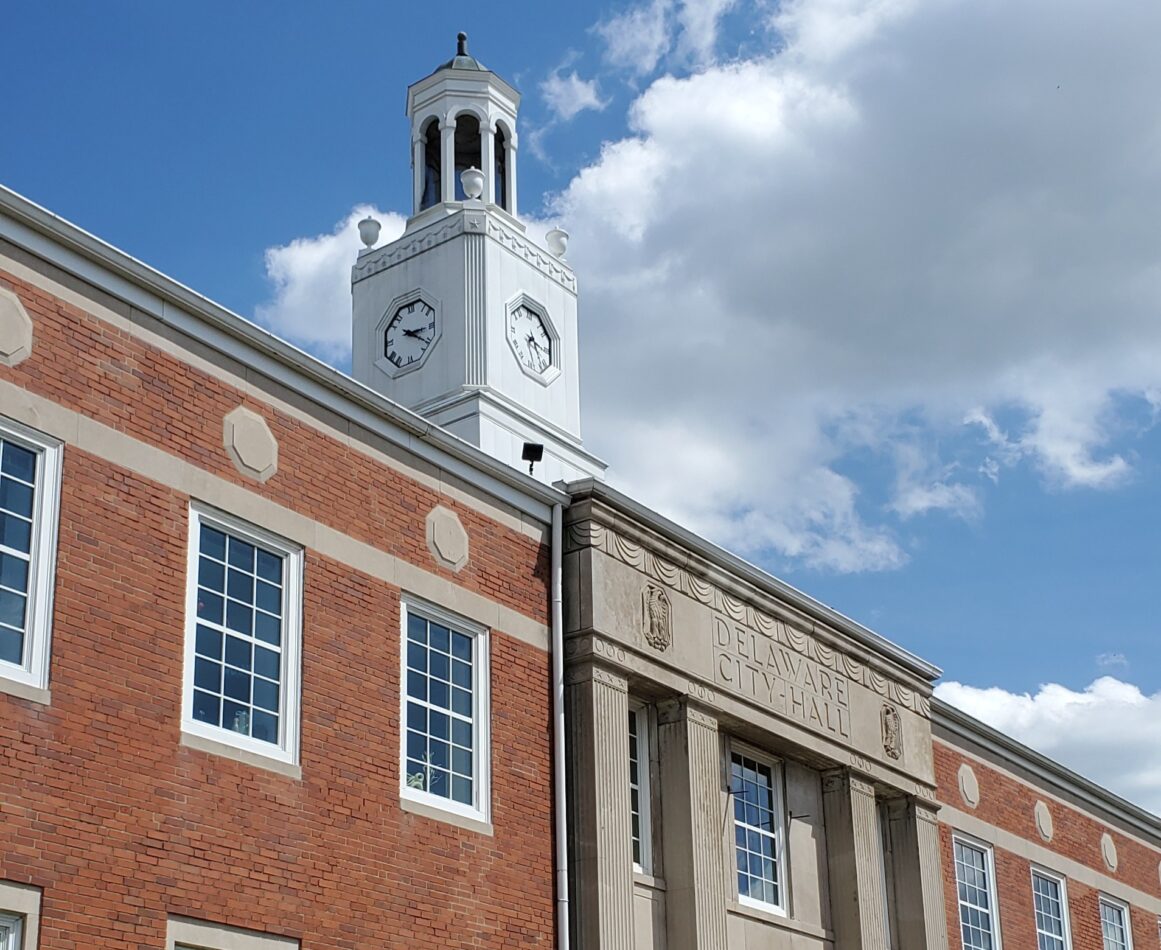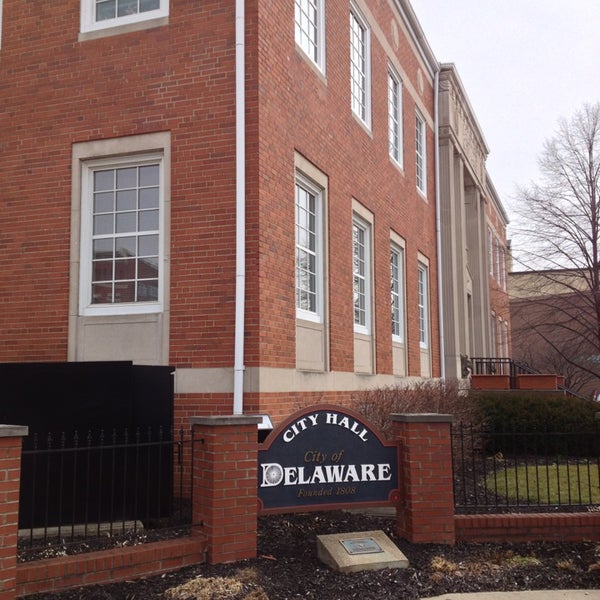By: 1808Delaware
Public hearings were held by Delaware City Council on Monday evening related to proposed changes at the Delaware County Faigrounds.
Not only were the four proposals well received, each was subsequently passed after receiving a vote to suspend rules and move to a final reading.
Those adopted measures included:
- A rezoning request from the Delaware County Commisisoners to change approximately 101 acres at the Fairgrounds from R-3 (One Family Residential District) and B-3 (Community Business District) to R-3 and B-3 PMU (Planned Mixed-Use Overlay District)
- A conditional use permit request to place the PMU on the property
- A request for a Preliminary Development Plan on the property
- A request for two alley vacations on the property
The proposed PMU and masterplan would guide development of the Fairgrounds into the future by recognzing the historic ways in which it has been used, as well as possible future use opportunities.
The heart of the proposed plan, as explained by Director of Planning & Community Development Dave Efland, would be to provide for seven planning areas, each with its own set of permitted uses, again with a nod toward current use parameters. Those would include areas set aside for the Junior Fair/Agriculatural Area; the Merchants and Colesium Area; the Amusement Area where rides are placed; the Campground/Open Space Area; the Track and Grandstand Area; the Motorplex Area; and Parking Areas.
Efland raised two points, including the need to complete a bike path easement down the western property line, which was required for dedication to the City before the Certificate of Occupancy was granted for the new 4-H Building, and also the need for a sidewalk right of way or easement from Euclid to the former National Guard Training Center.
The only give and take took place on the issue of trees. The development representative indicated that all recommendations in the staff report would be adhered to, with a slight timeframe change on the tree issue. Mayor Carolyn Riggle noted that trees were a key concern of neighborhood residents, and encouraged the preservation of as many as possible.










